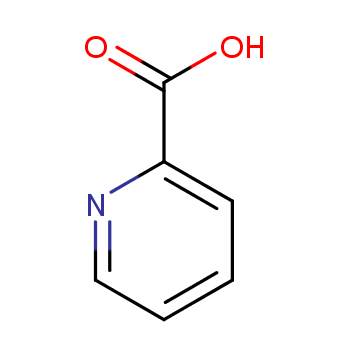What is the Significance of 2-Picolinic Acid in Various Applications?
Abigail
Answered Jun 13 2022
Title: What is the Significance of 2-Picolinic Acid in Various Applications?
Introduction:
Pyridine and its derivatives, including 2-picolinic acid, are important representatives of N-heterocyclic aromatic compounds. Previous studies have shown that 2-picolinic acid is formed as a dead-end product alongside 2-aminomuconic 6-semialdehyde. These compounds have been found to play a role in the partial reductive pathway of nitro aromatic compounds.
Structure:
The transformation of 2-picolinic acid into a new compound has been observed through UV spectral changes. Analysis using 1H-NMR and LC-MS revealed the molecular weight of the new compound to be 139.1.
Direct Decarboxylative Arylation:
A transition-metal-free and direct decarboxylative arylation method for 2-picolinic acids with simple arenes has been developed. This method offers high functional-group tolerance and satisfactory to good yields of 2-arylpyridines.
The Coordination Efficiency:
The coordination efficiency of the 2-picolinic acid scaffold to copper metal has been examined. It has been observed that certain substitutions on the ligand hinder the coordination of the nitrogen atom to the metal center, resulting in lower catalytic efficacy.
Degradation:
2-Picolinic acid is widely used in various industries but its hydrophilic nature poses a threat to the environment. Aerobic biodegradation has been identified as an effective method for removing 2-picolinic acid from water. Streptomyces sp. Z2, a nitrobenzene-degrading strain, has been found to degrade 2-picolinic acid, providing new insights into the degradation of N-heterocyclic aromatic compounds.
Conclusion:
2-Picolinic acid has significant applications in the production of pharmaceuticals, agricultural chemicals, dyes, and metal extraction. The discovery of Streptomyces sp. Z2's ability to degrade 2-picolinic acid opens up possibilities for wastewater treatment.



